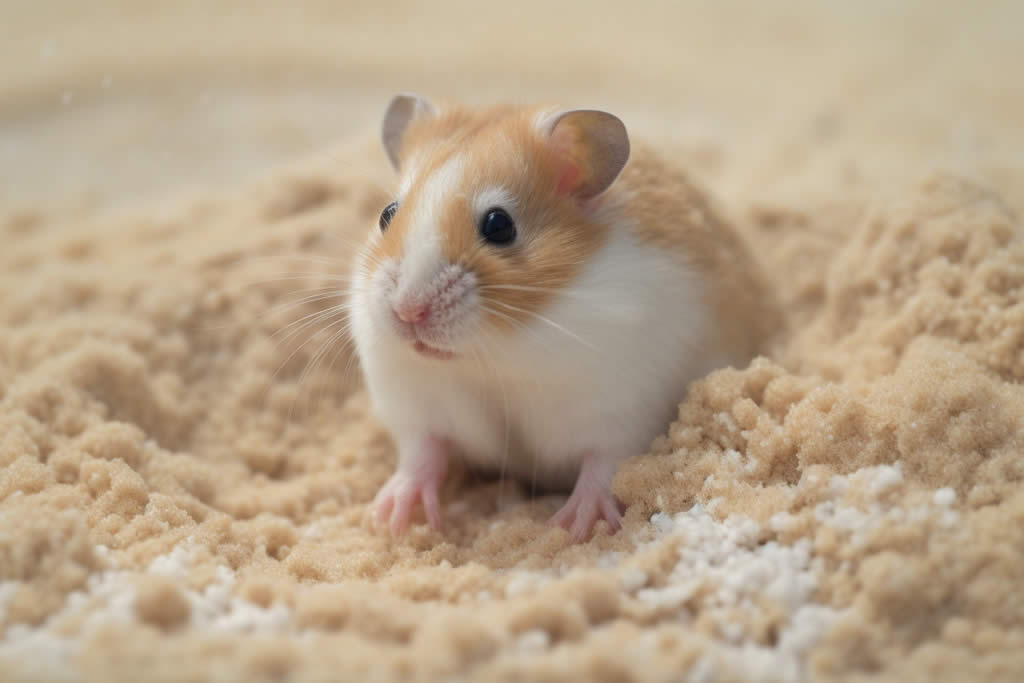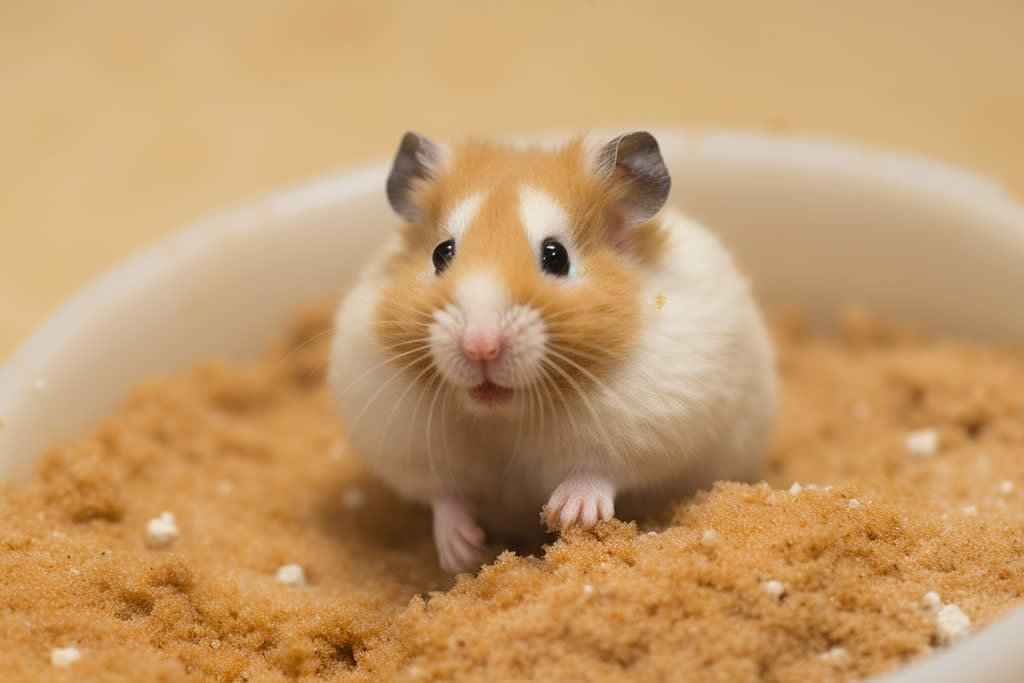The Ultimate Guide to Hamster Sand Baths: Keep Your Fuzzball Fresh & Safe
Hey hamster parents! 🐹 If you’ve ever caught your tiny furball rolling like a maniac in their bedding, you’ve probably wondered: “Should I get them a sand bath?” Short answer: YES! But not all sand is created equal. Let’s break down the must-knows for keeping your hamster’s spa day safe, fun, and mess-free.
Why Do Hamsters Even NEED Sand Baths?
First off, hamsters are obsessive groomers—they’re basically the clean freaks of the rodent world. In the wild, they use fine desert sand to scrub off dirt and excess oils. But here’s the kicker: water baths are a BIG no-no! Their fur traps moisture, which can lead to chilling or skin infections. So, sand baths = non-negotiable for healthy hamsters.
Pro Tip: Dwarf breeds (like Robos) especially need sand—their oily fur gets greasy fast!
The Good, the Bad, and the Gritty: Picking SAFE Sand
Not all sand is hamster-approved. Some types are downright dangerous. Here’s the scoop:
✅ Safe Options:
- Chinchilla sand: Super fine, dust-free, and perfect for sensitive hamster skin. (Look for brands like Kaytee or Oxbow!)
- Reptile sand (calcium-free): Avoid anything labeled “calcium sand”—it clumps when wet and can cause blockages if eaten.
- Children’s play sand: BUT—you must bake it first** (300°F for 1 hour) to kill bacteria. Sift out any chunks!
❌ Danger Zone:
- Dusty or scented sand: Triggers respiratory issues (hamsters have tiny lungs!).
- Kitty litter or clumping sand: Expands in their stomach—deadly if ingested.
- Colored or dyed sand: Chemicals = bad news.
My Hamster Hack: I use Zoo ReptiSand (calcium-free, natural desert color) for my Syrian, Mochi. It’s $$ but lasts forever!

DIY Sand Bath Setup: Cheap & Easy
You don’t need fancy gear! Here’s how to create a hamster spa:
- Container: Use a shallow dish (ceramic or glass) to prevent tipping. I repurposed a $2 thrift-store teacup saucer!
- Depth: 1-2 inches of sand—enough to roll in, not enough to swim in.
- Location: Keep it away from their sleep area (they hate peeing where they chill).
Pro Tip: Add a mini sieve (like a tea strainer) to clean out poop daily!
“But My Hamster Won’t Use the Sand Bath!”
Some hamsters need a little encouragement:
- Bury treats: Hide a sunflower seed under the sand—digging = instant fun!
- Lead by example: Gently roll a (clean) marble in the sand to show them how it’s done.
- Timing is key: Offer the bath during their active hours (evening/night).
Warning: If your hamster eats the sand, remove it immediately—they might be bored or lacking nutrients.
Sand Bath Red Flags
Even with safe sand, watch for:
- Sneezing/wheezing: Too dusty—switch brands ASAP!
- Red or bald patches: Sand might be too rough (try chinchilla sand).
- Sand stuck in fur: Common in long-haired Syrians—brush gently with a soft toothbrush.

FAQs (From Real Hamster Owners!)
Q: How often should I change the sand?
A: Spot-clean daily, full replace every 1-2 weeks.
Q: Can I reuse sand?
A: Yes! Bake used sand at 300°F for 30 mins to sterilize.
Q: What if my hamster pees in it?
A: Scoop the wet clump out ASAP—hamsters hate dirty baths!
Final Verdict
A proper sand bath isn’t just a luxury—it’s essential for your hamster’s health and happiness. Stick to dust-free, chemical-free options, and avoid the cheap stuff from the dollar store. Your hamster will thank you with endless zoomies and that adorable “I’m so clean!” glow.
Got questions? Drop a comment below—I’m obsessed with hamster care and love swapping tips!
(Sources: RSPCA, Hamster Welfare Society, 10+ years of hamster-parent fails & wins!)



